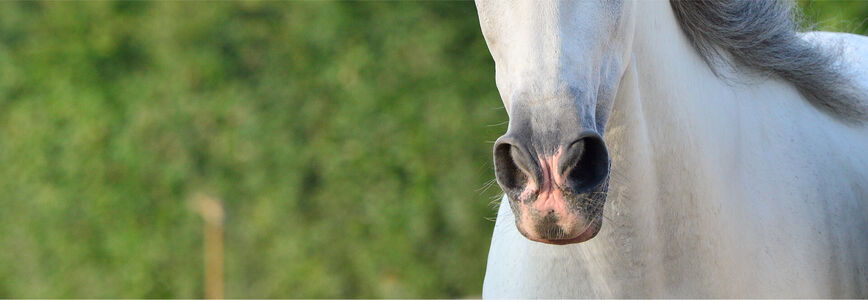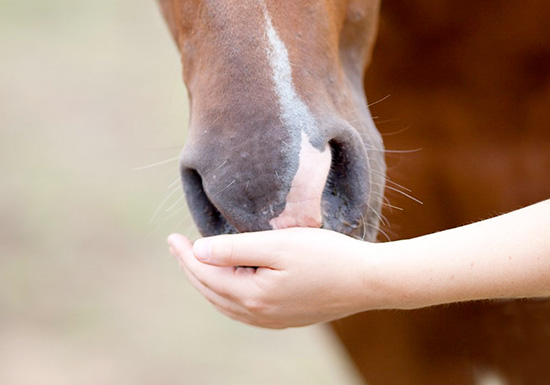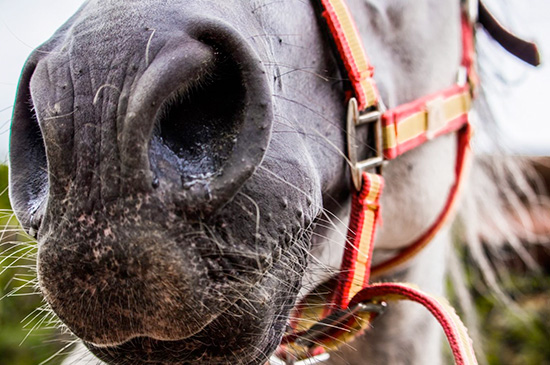
Horses' nostrils are much more than just a horse's nose. Like the ears, they are an important means of communication.

As in humans, the nostrils of horses are also somewhat dilated when they are in motion.
Horses' nostrils are much more than just a horse's nose. Like the ears, they are an important means of communication. But that is not the only thing that distinguishes nostrils. Horses have a far more pronounced sense of smell than humans, which has an immense effect on their emotional life. In addition, the nostrils are covered with many small hairs, which gives horses a unique sense of touch.
The nostrils are the nostrils of horses. However, horses, like other creatures, cannot breathe only through their mouths. This is because they have a long soft palate that obstructs breathing. Therefore, the nostrils are the only respiratory route for these four-legged creatures. The sense of smell is particularly mature. This is partly due to the fact that horses have an additional olfactory organ: Jakobson's organ. With this organ, horses can even sniff out pheromones. For example, even the smallest smells can scare the horse. At the same time, however, it can also sense predators long in advance and get to safety.
There are many olfactory nerves in the large nostrils, which enable horses to filter what they want to eat in the pasture and what not. With their nostrils, they roam over grasses and herbs and then use all this information to decide which ones they want to eat.

Horses breathe, smell and feel their way forward with their nostrils. But they also use them to communicate with other horses or their riders. For example, to greet other horses, they blow into their nostrils.
Flared nostrils can mean it may smell something unfamiliar or even be excited. It may also be that it is straining hard at that moment and trying to get more air. A relaxed horse takes up to 16 breaths in one minute. Thus, heavy breathing can also be a sign of exertion,
What humans and animals have in common in terms of body language is a disapproving snort. If there are many small wrinkles around the nostrils, the horse is annoyed or even in a bad mood. If, on the other hand, it snorts, it is relaxed and content at that moment. Individual actions of the nostrils can thus practically be interpreted as a translation of the emotions. It is like a language all of its own.